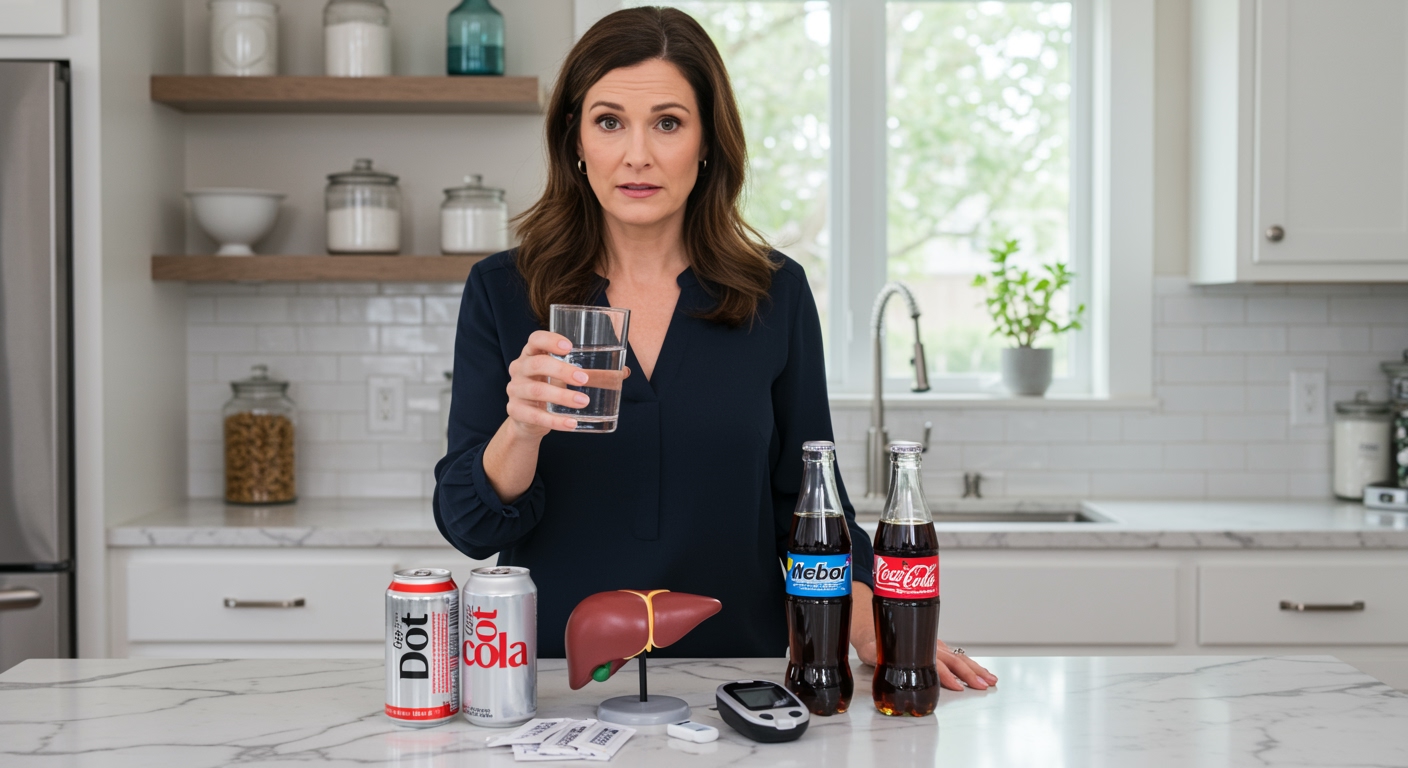✪ Key Highlight: Chinese researchers discovered boiling tap water removes up to 90% of harmful microplastics using simple kitchen equipment.
Introduction
Tiny plastic fragments are swimming in your tap water right now.
These invisible invaders called microplastics and nanoplastics enter your body every time you drink water, and scientists are deeply concerned about their long-term health effects.
Hi, I’m Abdur, your nutrition coach and today I’m going to analyze groundbreaking research from Chinese scientists who discovered a surprisingly simple way to remove up to 90% of these dangerous plastic particles from your drinking water.
How Does Boiling Water Remove Microplastics?
Researchers from Guangzhou Medical University and Jinan University made a remarkable discovery in 2024.
They found that boiling tap water creates a natural filtration system inside your kitchen pot.
When you heat hard tap water, minerals like calcium carbonate form solid clumps called limescale.
These mineral clumps act like tiny magnets that trap plastic particles as they form during the boiling process.
The trapped plastics become part of the solid residue that settles at the bottom of your pot.
When you pour the boiled water through a simple coffee filter or fine mesh strainer, you remove these plastic-loaded mineral deposits.
Lead researcher Zimin Yu explained that this process can “decontaminate” nanoplastics and microplastics from household tap water without any special equipment.
✪ Fact: Hard water with more minerals removes significantly more microplastics than soft water during boiling.
What Makes This Method So Effective?
The effectiveness of this method depends entirely on your water hardness level.
Hard water contains high concentrations of dissolved minerals like calcium and magnesium.
When these minerals heat up, they precipitate out of solution and form solid crystals.
These crystals create a physical network that captures floating plastic particles during the crystallization process.
The study showed that water with higher mineral content achieved removal rates up to 90% for both nanoplastics and microplastics.
Even soft water showed significant improvement, removing substantial amounts of plastic contamination through this simple boiling method.
The researchers tested this technique on various types of plastic particles and found consistent results across different plastic polymer types.
✪ Pro Tip: Let boiled water cool completely before filtering to allow maximum mineral precipitation and plastic capture.
Which Water Filters Work Best Against Microplastics?
Boiling water is not your only defense against microplastic contamination.
Several types of home water filters can effectively remove these tiny plastic invaders from your drinking water.
Reverse osmosis systems provide the highest level of microplastic removal by forcing water through extremely fine membranes.
These systems can capture particles as small as 0.0001 microns, making them highly effective against even the smallest nanoplastics.
Ultrafiltration and microfiltration systems also show excellent results, with membrane pores ranging from 0.01 to 0.2 microns.
Activated carbon filters work by trapping plastic particles in their porous structure, though their effectiveness depends on pore size and contact time.
Ceramic filters with micron ratings under 2.5 can reduce microplastic levels, but they are less effective against the smallest nanoplastic particles.
✪ Note: Always check the micron rating on your filter and replace cartridges regularly to maintain optimal performance.
Why Should You Care About Microplastics in Water?
Microplastics are everywhere in our modern environment, and they are accumulating in human bodies at alarming rates.
These tiny plastic fragments measure less than 5 millimeters in diameter, while nanoplastics are even smaller at less than 1 micrometer.
Recent studies have detected microplastics in human blood, placental tissue, and even deep lung tissue.
Scientists are particularly concerned about how these particles might disrupt our gut microbiome and potentially contribute to antibiotic resistance.
While we do not fully understand the long-term health consequences yet, emerging research suggests these particles may trigger inflammatory responses in body tissues.
Municipal water treatment plants already remove many microplastics through conventional filtration and sedimentation processes.
However, some particles still make it through to your tap, which is why home treatment methods like boiling and filtering become so important for additional protection.
✪ Fact: Microplastics have been found in over 80% of tap water samples tested worldwide according to recent studies.
How Can You Implement This Method at Home?
Implementing this microplastic removal method requires no special equipment or technical expertise.
Start by filling a clean pot with tap water and bringing it to a rolling boil for at least 5 minutes.
Allow the water to cool completely so that mineral precipitates can settle to the bottom of the pot.
Pour the cooled water through a fine mesh strainer or coffee filter to remove the solid mineral deposits containing trapped plastics.
Store your filtered water in clean glass containers rather than plastic bottles to avoid recontamination.
For maximum effectiveness, combine this boiling method with a quality home water filter system that targets microplastics.
Consider testing your water hardness level, as harder water will provide better microplastic removal results through this boiling technique.
✪ Pro Tip: Boil larger batches of water at once and store in glass containers to make this method more convenient for daily use.
The Bottom Line
This groundbreaking research proves that simple kitchen techniques can dramatically reduce microplastic exposure from drinking water.
Your health is too important to leave to chance when simple solutions exist right in your kitchen.
I would love to hear your thoughts about this research and whether you plan to try this boiling method at home, so please share your questions or experiences in the comments below.
References
At NutritionCrown, we use quality and credible sources to ensure our content is accurate and trustworthy. Below are the sources referenced in creating this article:
- PMC: Microplastics in Water Research
- Science Alert: Simple Way to Remove Microplastics
- Seven Seas Water: Removing Microplastics from Water
- Fresh Water Systems: How to Remove Microplastics
- ACS: Fewer Microplastics in Tap Water





